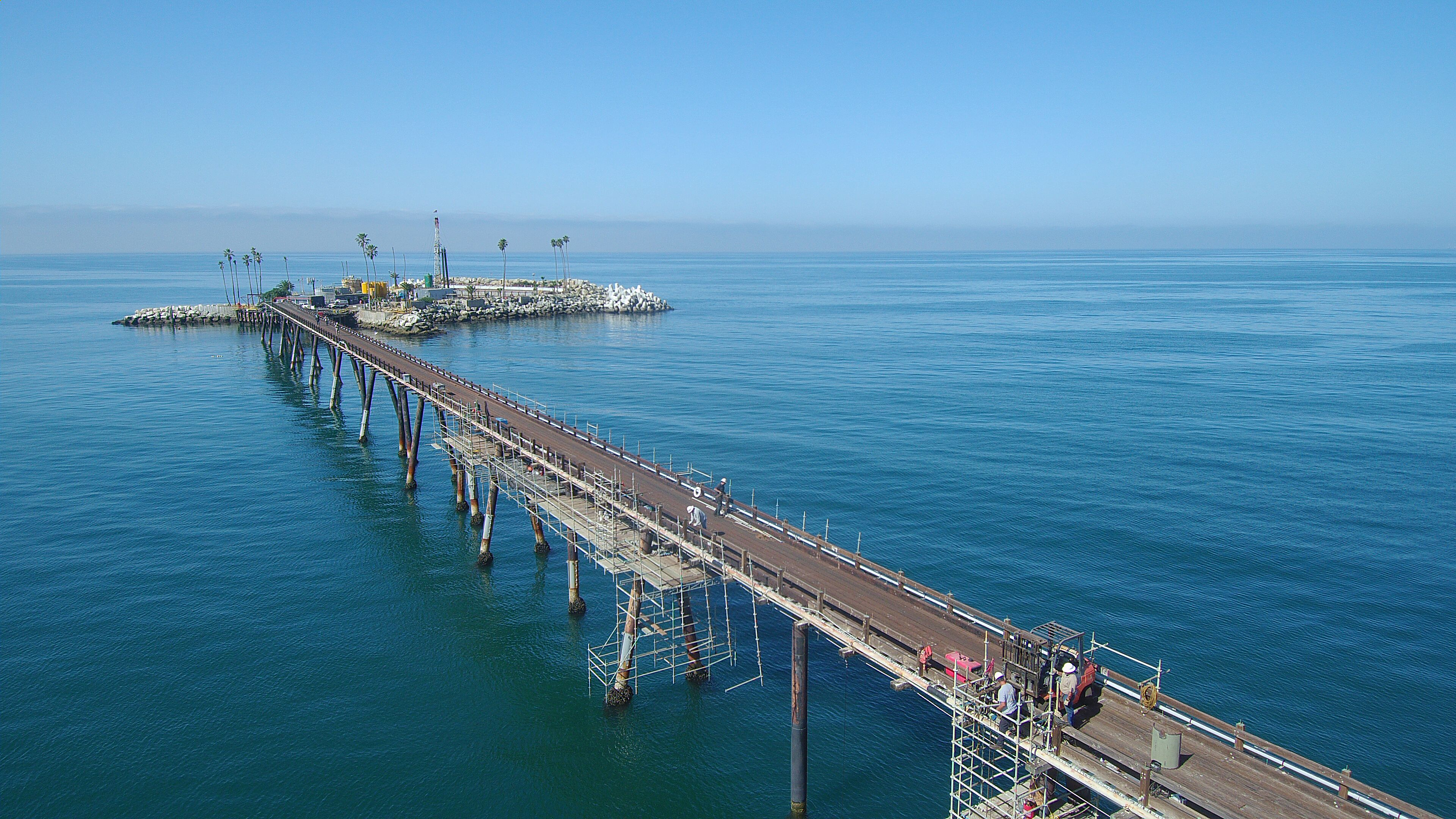BULLETIN: Oil Spill Happening
A major oil spill off the Orange County coast spilled at least 130,000 gallons of oil into coastal waters, starting on Oct. 2 and creating a miles-wide slick offshore Huntington Beach. No more details are available as of press time.
The spill is from a broken pipeline connected to Platform Elly, five miles off the coast. Oil has begun washing up onshore and seeping into the Talbert Marsh and numerous beaches have already been closed.
Monday’s Los Angeles Times had a separate story headlined: “Operation had turbulent record, Bankruptcy and pattern of federal violations preceded leak.”
In response, Monica Embrey, of the Sierra Club’s Beyond Dirty Fuels campaign, said:
"How many of these oil disasters do we have to witness before our elected leaders understand that there is no safe way to drill or transport dirty fossil fuels? This spill is yet another reminder that we can have healthy and safe communities, thriving coastal economies, and a stable climate -- or we can continue drilling for oil. It’s long past time to choose a transition away from dirty oil drilling and toward a healthier, safer, clean energy future.”
Read More:
- Past Time to Shut Down Offshore Drilling: Aging infrastructure and a bottom-feeding oil company caused the Southern California spill, but only because we let them (Sierra Mag)
- Mapping California’s Oil Spill: Aging Pipes Line The Coast. (New York Times)
- Orange County Oil Spill Sparks Race To Save Wildlife. (Los Angeles Times)
- Beaches Sit Empty And Fragile Habitats Hang In The Balance As Crews Race To Clean Up A Southern California Oil Spill. (CNN)
- California’s Offshore Industry Under Fire After Oil Spill. (Bloomberg)
- California Lawmakers Push To Ban New Drilling In Wake Of Massive Oil Spill. (Washington Post)
- America's Offshore Oil Infrastructure Is Aging. 'We Don't Know There's A Problem Until There's A Problem.' (CNN)
The good news is that here in Santa Barbara and Ventura Counties, ExxonMobil's plan to restart aging offshore oil platforms on the gaviota coast and truck the oil on the 101 was recently rejected by the Planning Commission. And many of our other old offshore platforms are being decommissioned. Here's the latest on that.
Cleaning Up the Mess
The State Lands Commission reports that under SB44, it has capped 3 orphaned oil wells off Summerland, another one is planned for January.
The bill provides at least $2 million per year for abandoning these leaking old wells, but the money will run out in four years. Fortunately, some innovative techniques reduce costs, and may be able to plug several more such “bubblers” before they run out of money. A bill working its way through the legislature (SB47) will hopefully extend the program and some a small part of Federal money in the infrastructure bill might happen.
As suspected, it turns out that there are at least two bubblers off Carpinteria’s coastline, in the vicinity of the Seal Rookery.
But it looks good that Rincon, Jelly Bowl and Tarpits beaches will become more barefoot friendly soon. Aphaltum will no doubt continue to seep from faults just offshore, yet a lot of the beach tar is not due to accidents of geology, but the negligence of oil companies.
The Platforms
Most California’s offshore oil platforms are in the SB Channel, and an Impact Report is being drafted that addresses de-commissioning all of them.
Many are no longer operational due to bankruptcy. Some were shut off when the Refugio pipeline spill occurred in 2015. Others are underperforming their lease requirements. Over the next decade, most of these platforms will be taken down, but some of the underwater frameworks might remain as they’ve become artificial reefs, teeming with marine life.
Platforms Gail, Grace, Hidalgo, Harvest, Hermosa and the Point Arguello onshore facility will be decommissioned by Chevron in the coming years. Platforms closest to Carpinteria will like go down as well.
Rincon Island
Just east of Carpinteria is a causeway that stretches 3,000 feet to the artificial Rincon Island that until recently was a disaster in the making.
The State Lands Commission has made good progress here, capping 75 oil wells and removing tons of rusted equipment that was allowed to disintegrate after its owners, Greka Limited Partnership, went out of business, sticking the taxpayers with most of the costs of cleaning it up.
Under consideration is re-purposing the island or removing it as well as the causeway. Surfers hope that doing so doesn’t affect a well-known break. Learn more at:
https://slc.ca.gov/oil-and-gas/rincon
Chevron-Venoco Cleanup
The Carpinteria Plant (including the Casitas Pier) is one of the five oil and gas facilities that Chevron is currently decommissioning in Santa Barbara County. Chevron plans to submit the complete application for decommissioning soon.
The lengthy permitting process is expected to be complete in 2023 at which point the company will begin the two to three years of work necessary to decommission the facilities and remediate the property.
All of the oil and gas processing equipment will be removed, and the soil will be cleaned to residential standards.
The future zoning of the Chevron property will be determined in the coming years.
